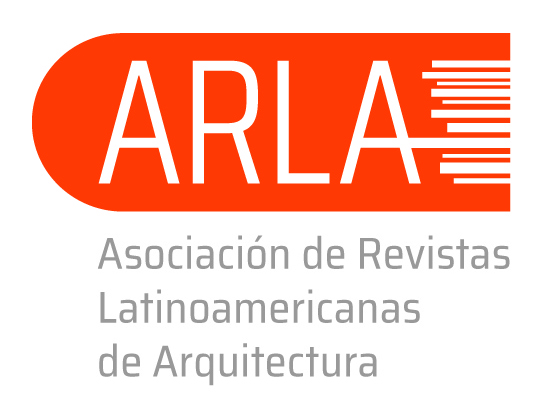Preferences and thermal adaptations of inhabitants of state production houses of the hot and humid climate of Argentinian Northeast
DOI:
https://doi.org/10.14409/ar.v11i19.10180Keywords:
residential habitat, adaptive comfort, surveysAbstract
On a universe of twenty-one prototypes of individual houses produced by the government, since 2004, in the main cities of the Argentine Northeast, a sample of five cases of houses was defined, representing the main typological groups. One hundred surveys were carried out on the inhabitants of the houses of these groups, inquiring into their preferences, feelings and daily activities in their houses. Variables were identified as: modes of operation (doors and windows daily opening time, and closing time with use of air conditioning; strategies to conditioning the rooms, according to the climatic period); perceptions of thermal sensation during the time of the survey and during general hot and cold climatic periods, among others. Correlations between some variables were established. Inappropriate criteria for opening doors and windows prevail in hot periods. The use of refrigeration for the entire house was not detected: it was only registered in the bedrooms. The responses of thermal sensation of the respondents in their homes were compared with the expected responses, both according to the application of the adaptive comfort model, and according to the limits of the constancy model. The responses indicate a very wide range of adaptation to warm conditions.
Published
How to Cite
Issue
Section
License
ACCESO ABIERTO
ARQUISUR Revista es una publicación de acceso abierto y sin ánimo de lucro. No se imputan cargos por la recepción, revisión, evaluación, publicación ni acceso a sus contenidos. Se distribuye bajo una Licencia Creative Commons CC Atribución-NoComercial-SinDerivadas 4.0 Internacional (CC BY-NC-ND 4.0): No se permite un uso comercial de la obra original ni la generación de obras derivadas. Esta licencia no es una licencia libre, y es la más cercana al derecho de autor tradicional.
DESCARGO
Los criterios expuestos en los artículos son de exclusiva responsabilidad de sus autores y no reflejan necesariamente la opinión del Comité Editorial ni de la Dirección Editorial Técnica. Los derechos de los artículos publicados pertenecen a sus autores o editoriales. Los autores ceden sus derechos de publicación al Centro de Ediciones de la Universidad Nacional del Litoral de Santa Fe, Argentina.














